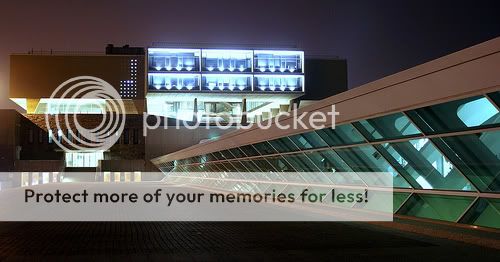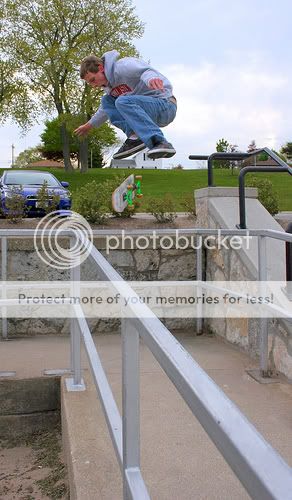You have to realize that a camera can't capture what a human eye & brain sees. As a photographer, it helps if you can look at something and envision how the camera will see it, rather than how it looks to you.
For example, in your night time shot. The difference in brightness between the light and dark areas...is a big difference. It exceeds the 'dynamic range' of your camera. If you choose to expose for the dark areas, the bright ones are blown out. If you expose for the bright areas, then the dark ones are lost in shadow. As the photographer, you need to choose which is more important, or find a compromise. Another option is to take multiple exposures at different levels...then either choose the best one or use software to combine the best parts of each exposure.
Pretty much the same problem with the 2nd one. If you had exposed for a nice blue sky, the rest of the shot would have been too dark. If you expose for the subject, the sky gets blown out. Once you realize this limitation, you can learn to avoid and work around the problem.






![[No title]](/data/xfmg/thumbnail/32/32717-74f4cee577117aa4476c9eb68fec51c7.jpg?1734162352)



![[No title]](/data/xfmg/thumbnail/32/32715-2fc6326453c7dda13dae0bbb0cc16864.jpg?1734162341)

![[No title]](/data/xfmg/thumbnail/32/32716-bd7f0a0030263f160d995f8547043458.jpg?1734162345)

